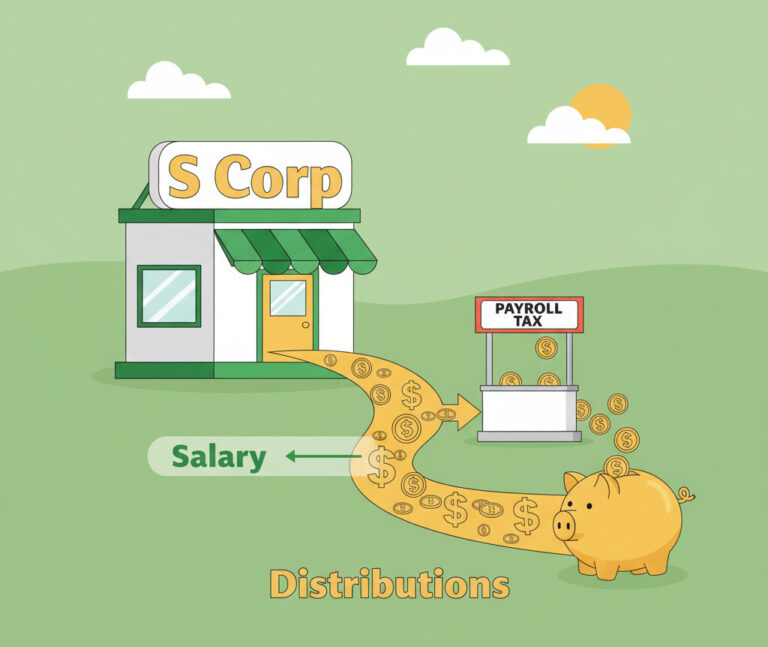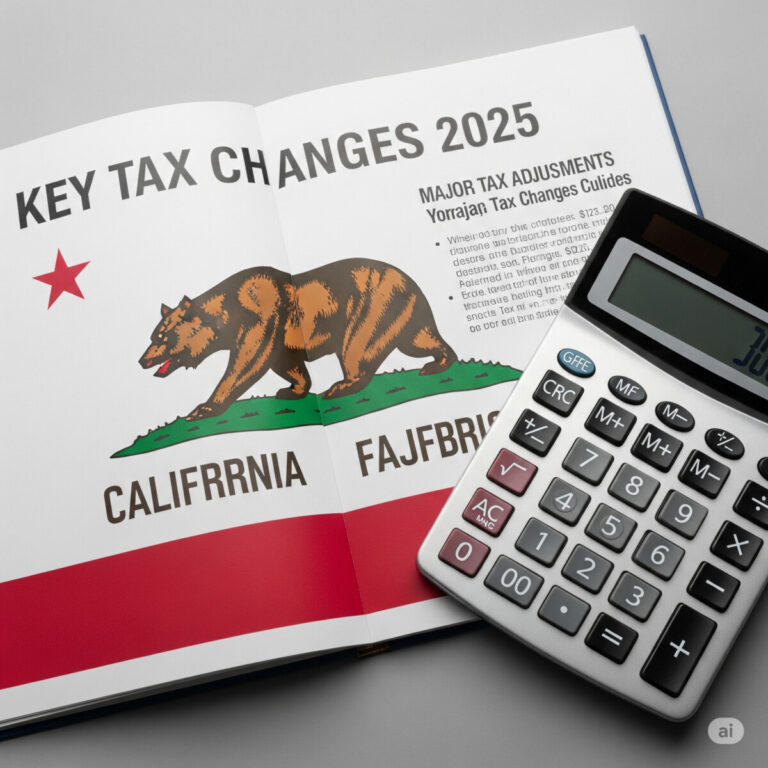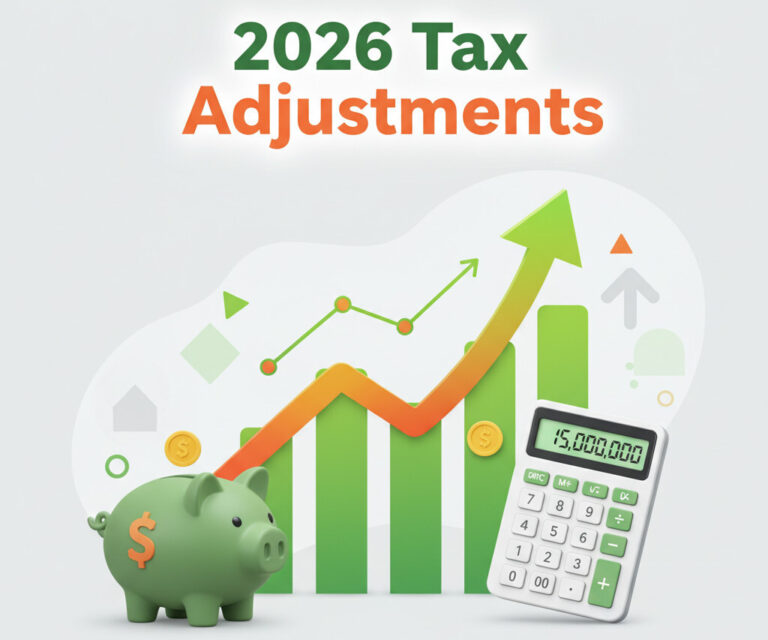The 1% OBBB Remittance Tax: Penalty Relief Announced by IRS
Have you ever stood at a money transfer counter, cash in hand, ready to send some much-needed support to family back home? It’s a common act of love and responsibility. But what if I told you that simple transaction might get a little more expensive soon? A new law called the “One Big Beautiful Bill Act” (OBBB Act) is introducing a change, and it’s set to start on January 1, 2026. Don’t worry, though! It doesn’t affect everyone, and I’m here to walk you through everything you need to know. 😊
What is the New 1% OBBB Remittance Tax? 🤔
On July 4, 2025, the U.S. government enacted the One Big Beautiful Bill (OBBB) Act. Tucked inside this large piece of legislation is a new rule, Section 4475 of the tax code, which creates an “Excise Tax on Remittance Transfers.”
In simple terms, it’s a 1% tax on certain types of money you send from the U.S. to another country. The key date to remember here is January 1, 2026. Any qualifying transfer made on or after that day will be subject to this new tax.
An excise tax is a tax on specific goods, services, or activities. In this case, the “activity” is sending money overseas using particular methods. It’s not an income tax, but rather a consumption tax applied at the moment of the transaction.
Who Pays the Tax and Who Collects It? 📊
This is a really important point to understand. While the responsibility to pay the tax falls on one person, the job of collecting it falls on another.
- The Payer: The sender (that’s you, the person sending the money) is the one who ultimately has the obligation to pay the 1% tax.
- The Collector: The Remittance Transfer Provider (think Western Union, MoneyGram, banks, or other money service businesses) is required to collect the 1% tax from you at the time of the transaction. They then have to send these collected taxes to the IRS quarterly.
So, you won’t need to file a separate form for this yourself. The provider will simply add the 1% to your total cost. For example, if you send $500, they will collect an extra $5 from you for the tax.
The law places secondary liability on the providers. This means if they fail to collect the tax from you, the IRS can hold them responsible. Because of this, you can expect providers to be very diligent about collecting it on taxable transfers.
The Most Important Part: Which Transfers Are Taxed? 🧮
Okay, let’s get to the million-dollar question: Will YOUR transfers be taxed? The answer depends entirely on *how* you send the money. The law specifically targets transfers funded by “physical means.”
This means most modern, electronic transfers are completely EXEMPT from the tax. I’ve put together a table to make the distinction crystal clear.
| ✅ Exempt from the 1% Tax (Most Electronic Methods) | ❌ Subject to the 1% Tax (Physical Methods) |
|---|---|
| Bank-to-bank account transfers (은행 계좌이체) | Physical Cash |
| Transfers using a U.S.-issued Debit Card | Money Order (머니 오더) |
| Transfers using a U.S.-issued Credit Card | Cashier’s Check (자기앞수표) |
| Any other standard electronic transfer from a bank | Other similar physical instruments |
The takeaway is huge: If you, like many people, send money to family or friends abroad through a typical bank account transfer, you will not be affected by this new tax. The law is aimed squarely at cash-like transactions, which are often done through non-bank money service providers.
Who Does This Tax Apply To? 👩💼👨💻
The final version of the law is universal. The 1% tax applies to any individual who makes a remittance transfer using one of the taxable physical methods mentioned above.
Your status in the U.S. does not matter. Whether you are a U.S. citizen, a permanent resident (green card holder), a non-immigrant on a visa, or have any other status, if you use cash or a money order to send funds overseas, the tax will apply.
This isn’t about your immigration status; it’s about your transaction method. The simplest way to ensure you are not subject to the tax is to use electronic methods like a bank-to-bank transfer or a debit card.
IRS Offers Relief for Providers During Rollout 📚
The government understands that implementing a new tax system can be tricky. In recognition of this, the Treasury Department and the IRS issued guidance (IR-2025-102) on October 7, 2025. This notice, called Notice 2025-55, provides some temporary relief for the remittance transfer providers who have to collect the tax.
For the first three quarters of 2026, providers can get relief from penalties for underpayment as long as they make their deposits on time and pay the full corrected amount by the quarterly deadline for their excise tax return (Form 720). This is really inside baseball for the companies, but it’s good to see the IRS is trying to make the transition smoother. It shows they anticipate some bumps in the road as this new system gets up and running.
1% Remittance Tax at a Glance
Key Takeaways of the Post 📝
I know this can be a bit confusing, so let’s boil it down to the most important points to remember:
- A New 1% Tax is Coming: Starting January 1, 2026, a 1% excise tax will be applied to certain international money transfers.
- It Only Affects “Physical” Transfers: The tax is specifically for funds sent via physical means like cash, money orders, or cashier’s checks.
- Electronic Transfers are Safe: If you use a bank-to-bank transfer, debit card, or credit card, you are exempt from this tax.
- The Sender Pays: The person sending the money is responsible for the tax, which will be collected automatically by the remittance service provider.
Frequently Asked Questions ❓
The new 1% remittance tax might sound alarming at first, but for most people who rely on modern banking, it won’t change a thing. The key is simply to avoid using physical cash or money orders for international transfers if you want to steer clear of the tax. For more official details, you can always check the provisions on IRS.gov. I hope this guide helped clear things up! If you have any more questions, feel free to drop them in the comments~ 😊







